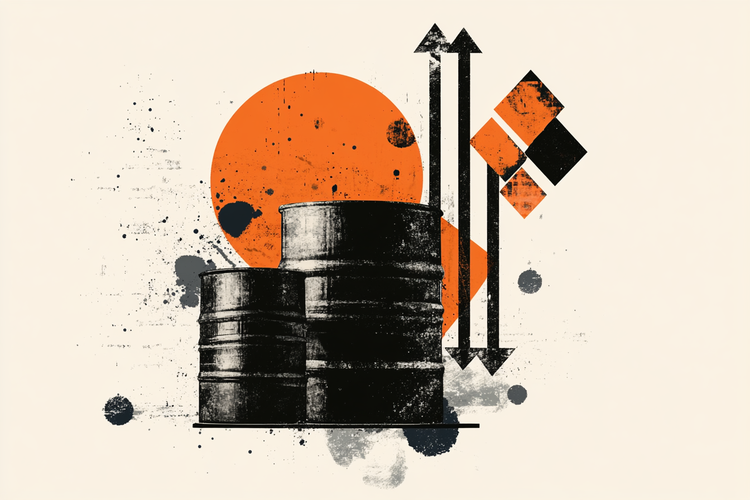- The AUD extended its decline against the USD on Tuesday.
- The RBA’s hawkish policy stance provides notable support to the Australian Dollar.
- Markets are digesting Jerome Powell’s cautious words, which gave some traction to the USD.
- The focus this week will be the release of US inflation figures on Thursday.
The Australian Dollar (AUD) accumulated further losses on Tuesday against the USD, which managed to gain some ground on the back of cautious comments from Jerome Powell. Nevertheless, the pair still maintains a strong position at its highest level since January. The downside for the Australian Dollar appears to be limited, given the strong data reported last week and the continued hawkish stance from the Reserve Bank of Australia (RBA).
The RBA is likely to be one of the last central banks in the G10 countries to initiate rate cuts, which should continue to support the AUD through monetary policy divergence.
Daily Market Update: AUD eyes further losses, all eyes on Powell and US CPI
- Fed Chairman Jerome Powell’s Semiannual Monetary Policy Report to Congress saw him acknowledge progress on inflation but say the bank needs data to adopt cuts.
- US CPI is due on Thursday. The headline figure is expected to decline slightly to 3.1% YoY, while the core figure is expected to remain stable at 3.4% YoY.
- There are no significant events on the Australian calendar this week, and the AUD is projected to hold on to its gains against its peers as the RBA maintains its hawkish stance.
- On the Fed’s side, there is now less than a 10% chance of a cut by its next meeting in late July and about an 80% chance of a cut in September, depending on future data.
- On the RBA side, there is almost a 50% chance of a rate hike in September or November, with the market seriously betting on it.
Technical Analysis: AUD/USD struggle continues, but further correction is possible
The AUD/USD continues on its losing path, marking a two-day losing streak on Tuesday, but the overall outlook remains positive. This is supported by deep positive territory on the RSI and MACD. Having reached levels close to the highest since January, the pair’s performance last week has signaled a bullish outlook, but buyers seem to be booking profits.
The next upside targets are set at 0.6730 and 0.6750, while support levels to watch out for are 0.6670, 0.6650 and 0.6630.
The Australian Dollar
One of the most important factors for the Australian Dollar (AUD) is the level of interest rates set by the Reserve Bank of Australia (RBA). Since Australia is a resource-rich country, another key factor is the price of its largest export, iron ore. The health of the Chinese economy, its largest trading partner, is a factor, as is inflation in Australia, its growth rate and the Trade Balance. Market sentiment, i.e. whether investors are betting on riskier assets (risk-on) or seeking safe havens (risk-off), is also a factor, with risk-on being positive for the AUD.
The Reserve Bank of Australia (RBA) influences the Australian Dollar (AUD) by setting the level of interest rates that Australian banks can lend to each other. This influences the level of interest rates in the economy as a whole. The RBA’s main objective is to maintain a stable inflation rate of 2%-3% by adjusting interest rates up or down. Relatively high interest rates compared to other major central banks support the AUD, and the opposite for relatively low ones. The RBA can also use quantitative easing and tightening to influence credit conditions, with the former being negative for the AUD and the latter positive for the AUD.
China is Australia’s largest trading partner, so the health of the Chinese economy greatly influences the value of the Australian Dollar (AUD). When the Chinese economy is doing well, it buys more raw materials, goods and services from Australia, which increases demand for the AUD and drives up its value. The opposite occurs when the Chinese economy is not growing as fast as expected. Therefore, positive or negative surprises in Chinese growth data often have a direct impact on the Australian Dollar.
Iron ore is Australia’s largest export, worth $118 billion per year as of 2021 data, with China being its main destination. The price of iron ore can therefore be a driver of the Australian dollar. Typically, if the price of iron ore rises, the AUD rises as well, as aggregate demand for the currency increases. The opposite occurs when the price of iron ore falls. Higher iron ore prices also tend to lead to a higher probability of a positive trade balance for Australia, which is also positive for the AUD.
The trade balance, which is the difference between what a country earns from its exports and what it pays for its imports, is another factor that can influence the value of the Australian dollar. If Australia produces highly sought-after exports, its currency will gain value solely because of the excess demand created by foreign buyers wanting to purchase its exports versus what it spends on buying imports. Therefore, a positive net trade balance strengthens the AUD, with the opposite effect if the trade balance is negative.
Source: Fx Street
I am Joshua Winder, a senior-level journalist and editor at World Stock Market. I specialize in covering news related to the stock market and economic trends. With more than 8 years of experience in this field, I have become an expert in financial reporting.







